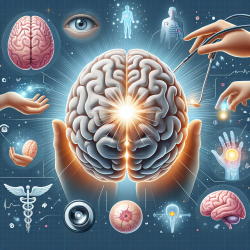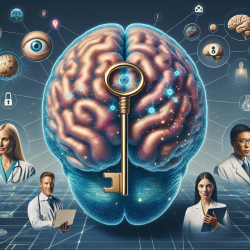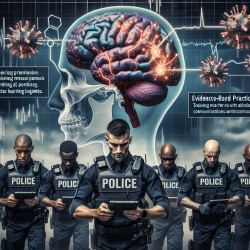Introduction
Concussions are complex injuries that can lead to a variety of symptoms, affecting somatic, cognitive, emotional, and sleep functions. The unpredictability of post-concussion symptoms stems from the unique nature of each concussion event. Understanding the brain regions involved in these symptoms can enhance diagnosis and treatment, providing a pathway for practitioners to improve their skills and patient outcomes.
The Importance of Brain Regions in Concussion Symptoms
The human brain is a highly intricate organ composed of billions of neurons. Concussions can cause damage to various brain regions, leading to diverse symptoms. The research article "A review of brain regions and associated post-concussion symptoms" highlights how specific brain areas are linked to particular symptoms. For instance:
- Amygdala: Associated with emotional processing, damage can lead to emotional symptoms such as irritability and sadness.
- Hippocampus: Critical for memory, damage can result in cognitive symptoms like difficulty remembering.
- Insula: Involved in sensory processing, damage can cause somatic symptoms such as nausea and sensitivity to noise.
Implementing Research Findings in Practice
For practitioners, understanding the link between brain regions and symptoms can lead to more targeted therapy approaches. By focusing on specific brain areas, therapists can tailor interventions to address the root cause of symptoms, rather than just treating the symptoms themselves. This approach not only improves the effectiveness of treatment but also enhances patient satisfaction and recovery outcomes.
Moreover, staying informed about the latest research through conferences, publications, and webinars can help practitioners remain at the forefront of concussion care. Networking with other professionals in the field can also provide valuable insights and support in implementing new strategies.
Encouraging Further Research
While current research provides a strong foundation, there is still much to learn about the intricate connections between brain regions and post-concussion symptoms. Practitioners are encouraged to engage in further research, either through collaboration with academic institutions or by conducting their own studies. This continuous pursuit of knowledge will not only enhance individual practice but also contribute to the broader field of concussion care.
Conclusion
Understanding the relationship between brain regions and post-concussion symptoms is crucial for improving diagnosis and treatment. By implementing research findings and engaging in further study, practitioners can enhance their skills and provide better care for their patients. For those interested in delving deeper into the research, the original paper can be accessed here: A review of brain regions and associated post-concussion symptoms.










